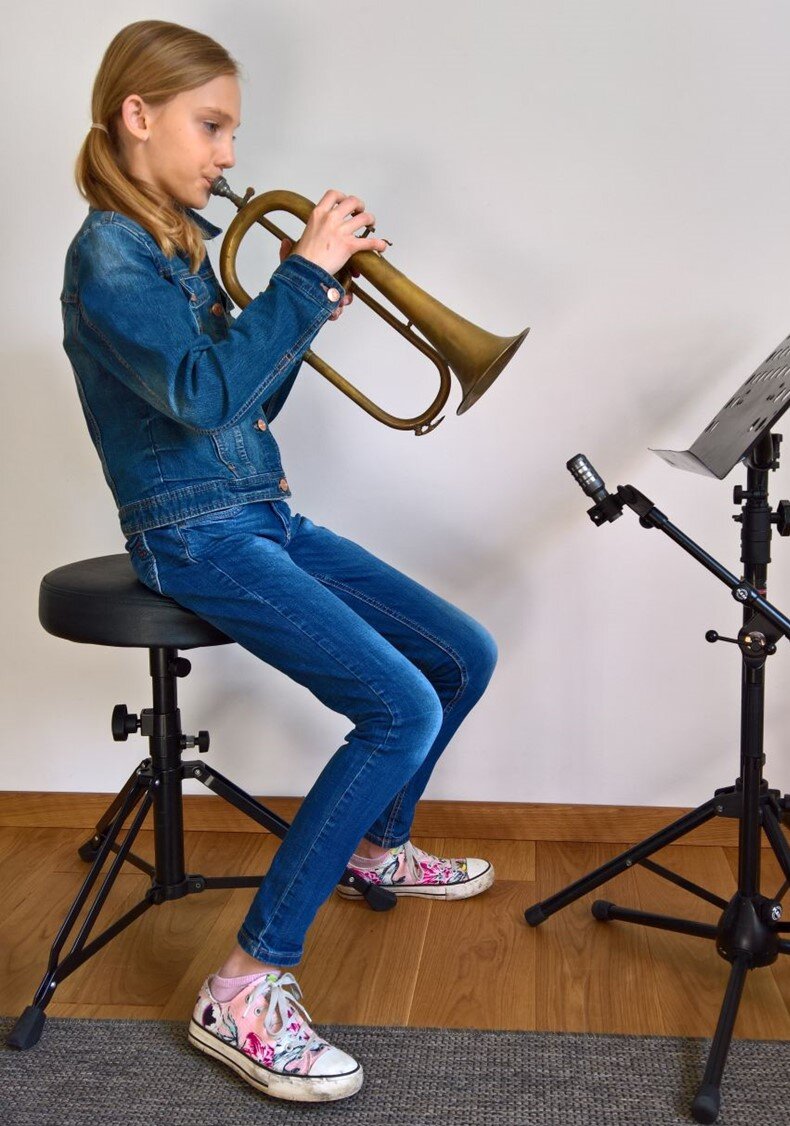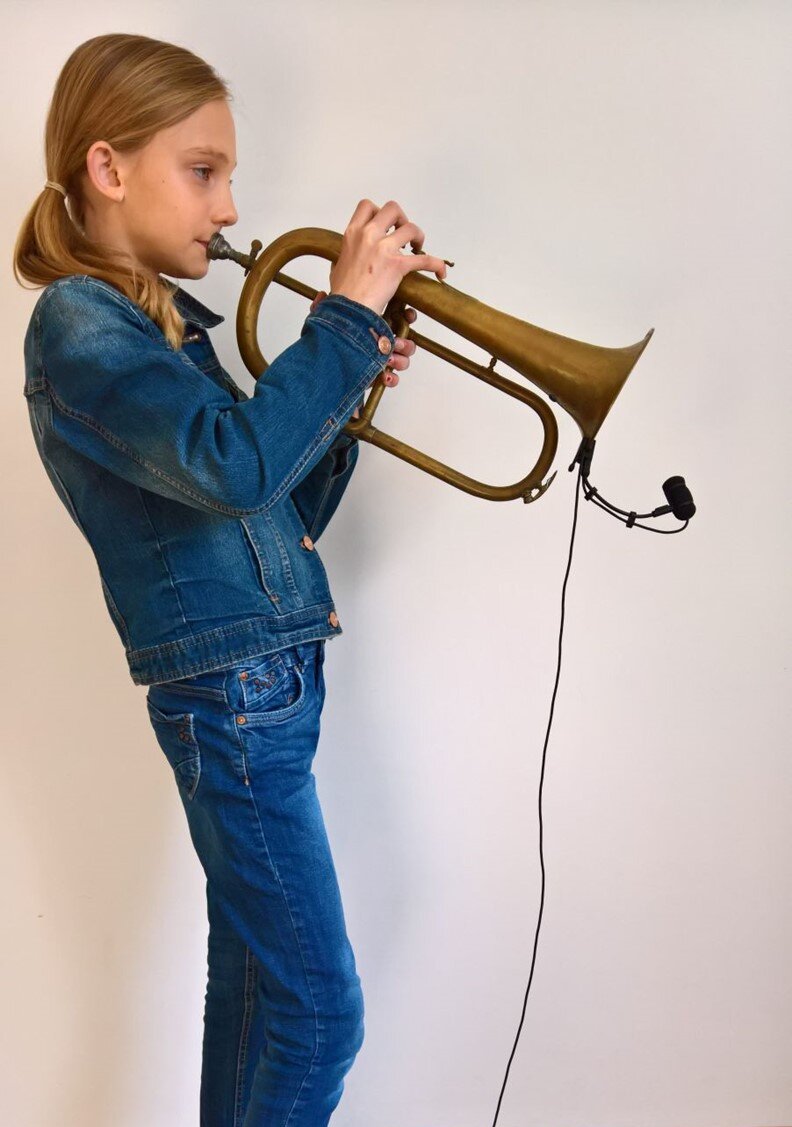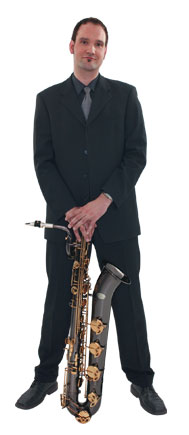Sound Reinforcement for Brass Players (5)—“The Right Microphone in the Right Place: brass players”
Intro
Warning, spoiler: “Microphone placement and the polar pattern have a more dramatic impact on the sound quality of a recording than the microphone itself. This applies first and foremost to relatively small distances between the source and the mic, and is equally true of spot miking (poly-microphonics).” (Michael Dickreiter, “Handbuch der Tonstudiotechnik”, Volume 1, 5th entirely revised and augmented edition, page S.97 – K G Saur 1987).
This is precisely what I would like to tackle in this edition of my Sound Reinforcement workshop:
the use of specific microphones for each instrument - and I will just look at brass instruments.
As stated earlier, a microphone’s polar pattern - and indeed also an instrument’s dispersion - plays an important part. The instrument’s dispersion depends on how sounds are generated and on the instrument’s construction. The classic, coarse distinction between woodwind and brass instruments may help us here.
Lip instruments (brass instruments) -
each note is generated by the lips that touch the instrument’s mouthpiece. It is amplified by the exponential horn. I’m talking about the trumpet, trombone, tuba, horn, etc.
Reed instruments (woodwinds) -
each note is generated by a single or double reed and passed on to an open, cylinder-shaped or conical sound tube equipped with tone holes: clarinet, saxophone, oboe, bassoon, etc.
Labial instruments (woodwinds) -
notes are produced by blowing onto a sharp edge, which cause the air to vibrate: flute, recorder, pipe organ
What all of the above instruments have in common is that they have a characteristic sound, called a formant. “Formants” are frequency ranges in a tone whose partials or harmonics remain the same for all pitches you play. To put it differently: formants ensure that a brass instrument sounds like a genuine instrument rather than a Standard MIDI File.
Finding the Sweet Spot
Finding the perfect microphone placement is initially a matter of being aware of instrument-specific idiosyncrasies. Not all lipbrass instruments, for instance, exhibit the same projection characteristics, dynamics or frequency patterns. In addition, one has to bear in mind that the frequency range and the harmonic range tend to change depending on the dynamics (i.e. how strongly somebody blows into their horn). Loud notes have a different harmonic structure and formant than softly played notes.
Characteristics of Lip Instruments
![[Translate to Nederlands:] Frequency-dependent dispersion behavior Frequency-dependent dispersion behavior](/fileadmin/user_upload/profitipps/allgemeine_tipps/juergen_wieching_tontechnik_5/Bild-1.jpg)
Trumpet/flugelhorn:
A trumpet’s fundamental range spans the notes E1 through D4 (165Hz~±1175Hz). A trumpet produces a lot of harmonics—fortissimo notes may go as high as 15kHz. Its formants lie between 1200Hz~1500Hz and 2000Hz~3000Hz, while its sound pressure level may easily rise to 145dB or more at the funnel. Increasing the distance to the microphone to 30~40cm may cause the SPL to drop to 135dB, or to 125dB at 1m. Given that the lowest frequency a trumpet produces clocks in at 165Hz, the use of a low-cut filter is highly recommended. The projection range depends on the frequencies and is rationally symmetric. The funnels furthermore tend to bundle lower frequencies, causing the first polar dispersion effects in the 500Hz range.
The higher the frequencies, the more the directivity becomes noticeable. At about 1000Hz, the dispersion angle amounts to 90°, at 3000Hz it is still 45°, while at 4000Hz it drops to ±30°. As a result, the tone at the center of the funnels is determined by high-range sound components, causing those notes to sound brilliant and somewhat brittle. As the microphone is moved away from the center, the lower range becomes more prominent, making the result mellower and rounder. Based on the flugelhorn, my lovely assistant Franziska illustrates the frequency-dependent dispersion behavior.
Trombone:
The trombone has a lower range than the trumpet, i.e. between 82Hz and almost 500Hz. The harmonic range is far more subdued with respect to a trumpet, ranging from 5kHz through ±10kHz for fortissimo notes. The trombone’s formants are located at 480Hz~600Hz and 1200Hz. While the dispersion factor is similar to that of a trumpet, its range lies somewhat lower. The maximum sound pressure level clocks in at 110dB at 1 meter - well below a trumpet.
Tuba:
A tuba’s fundamental range spans B–1 through A2 (29Hz~±440Hz). Although the tuba produces a lot of harmonics, its overtone range is even weaker than that of a trombone - it barely reaches 2kHz. The formant lies at 210Hz~250Hz. Maximum sound pressure nevertheless amounts to 100dB at 1 meter. A tuba’s sound focus is more prominent than a trombone’s, meaning that directive dispersion starts at ±75Hz. Around 2000Hz the dispersion angle is a mere 30°.
Microphone Selection and Placement:

Dynamic Cardioid?
As shown in the illustration above, the ideal microphone placement is slightly off-axis, at 30cm~1m. The exact position depends on the expected timbre. One could select dynamic cardioid microphones - depending on the intention, one microphone might suffice for two trumpets. This microphone type offers the advantage that the the level remains consistent, while sound coloration is less noticeable when the instrument is turned slightly sideways - a hyper cardioid microphone might produce undesirable results. Last bot not least, varying the instrument’s angle leads to timbre and dynamics variations that may produce an even more pleasing sound

What about a Clip-On Microphone?
For maximum separation, I recommend using a hyper cardioid clip-on microphone. After deciding on the desired timbre, the microphone remains firmly in place on the instrument, which results in a more consistent tone and level. Especially for instruments that project towards the ceiling, like the tuba or tenor- and baritone instruments, a clip-on microphone offers the advantage that the instrument no longer needs to be aimed at the microphone, giving more artistic license to the player. The drawback of clip-on microphones, however, is that dynamic variations require varying one’s playing technique rather than “playing” with the distance towards the microphone.
Or should You Select a Condenser Microphone?
Given the instruments’ harmonic spectrum, the microphones selected need to have an adequate frequency response and diffraction. Especially formants should never be emphasized or attenuated to avoid unpleasant sound coloration. In that respect, the balanced frequency response and excellent resolution of condenser microphones often win hands down. As stated earlier, it is important to play at a consistent level. As such, condenser microphones produce perfect results with brass instruments. Bear in mind, however, that in the sonic context of an entire orchestra, a condenser microphone is likely to be oversensitive, which leads to cross-talk. Choosing hyper cardioid models therefore appears indispensable.
Final words
Remember the quote above: the main consideration should always be the microphone’s placement and angle with respect to the instrument. This is something you will need to experiment with. Some inspiration can be drawn from the following illustrations that show the options for the installation of a clip-on or a “stationary” microphone on a stand in combination with a music stand. When music stands are used, half-high or short microphone stands may be the best option, because they allow you to place the microphone well below the music stand. Only for bells facing upwards should a regular-sized microphone stand be used.
Have fun locating the sweetest spot for the sweetest sound.


